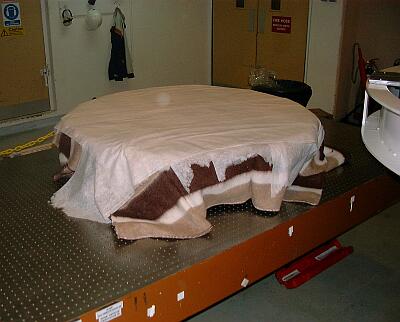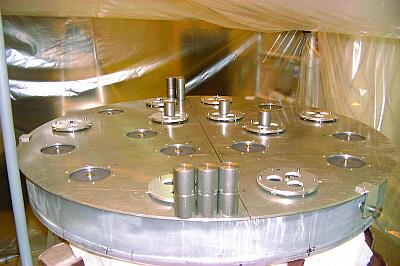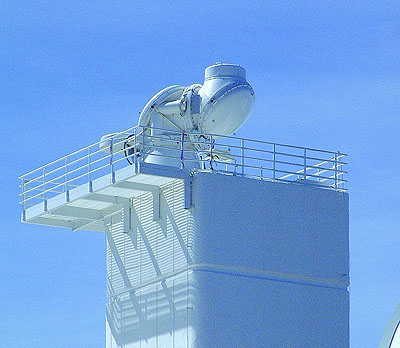 | |||
|
| Home > Public Information > ING Newsletter > No. 6, October 2002 > Other News |
|
|
INGRID | SCIENCE |
|
|
|
Previous: Real-Colour Images of Spiral Galaxies | Up: Table of Contents | Next: A Euroconference Organised by the ING: “Symbiotic Stars Probing Stellar Evolution”, La Palma, 27–31 May 2002




